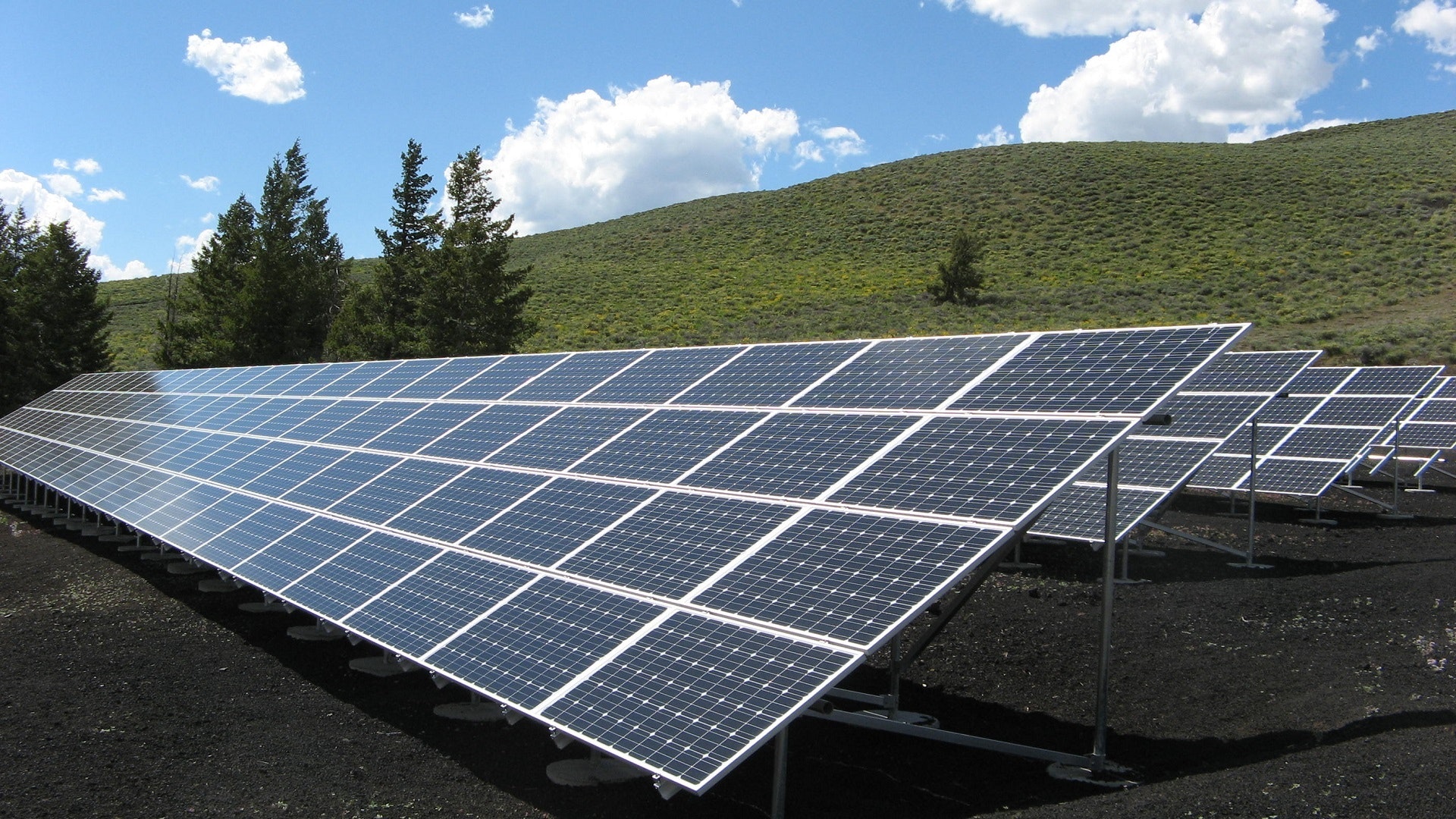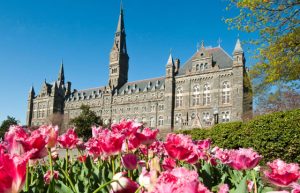The university has taken a variety of steps to reduce its environmental impact, including on- and off-campus solar projects to generate more renewable energy. While these plans are well-intentioned, issues during their implementation have muddled their potential positive effects.
This editorial board believes that the university must take steps to increase the transparency of sustainability projects with the general student body. Georgetown must ensure that all students are well-informed about why the university makes certain choices to plan and implement sustainability measures, as well as the progression of this work. Georgetown’s efforts to increase its use of renewable energy are admirable, but the outcomes have not fully matched the goals.
Most recently, an off-campus solar installation set to be built in La Plata, Maryland, has received criticism from local environmentalists because the project will require the clearcutting of over 200 acres of forest. The installation would provide roughly half of the electricity needed to power the university and would allow Georgetown to reach its goal of cutting carbon emissions in half from the 2006 baseline. However, it will come at the expense of a forest classified as a targeted ecological area by the Maryland Department of Natural Resources and labeled an important bird area by the Audubon Society.
A project on campus, announced in April 2017, was supposed to place solar panels on six different campus buildings. The university’s press release at the time of the announcement claimed that the installation would come “at no cost to the university and is expected to save Georgetown over $3 million on energy costs over 20 years.” But the project has not been undertaken, and there has been no update on its status.
Similarly disappointing, the solar panels on the roof of the ICC have sat idle for years, with no clear timeline to rebuild them. They were installed in 1984 and operated for nearly 30 years but were eventually shut down to be replaced as part of the on-site project in 2017.
In 2014, the university ran the Georgetown University Energy Prize, a competition among small and mid-sized communities across the country to develop plans to reduce their energy usage. While the competing communities did see reductions in their energy consumption, some were left disappointed when the projected $5 million prize ultimately turned out to be consulting services and $5 million in financing toward an energy project, not cash.
However, some of the university’s major sustainability projects have been successes. In 2013, solar panels were installed on six university townhouses on 37th Street. The project, called Solar Street, is a good example of how the university should undertake projects of this nature as a collaboration between students and administrators. Georgetown also recently introduced the Laudato Si’ Fund, inspired by Pope Francis’ encyclical of the same name, to support sustainability projects done by students, faculty, and staff.
There are groups of students working on projects of their own to make Georgetown a more sustainable community. GU Fossil Free, which advocates for the university divestment from companies that profit off of fossil fuels, submitted a proposal on Feb. 1 to the university calling for the complete divestment from fossil fuel investments by 2024. The university has worked
toward reducing its carbon footprint by 50 percent from 2006 levels by 2020. These goals are attainable but can only be achieved if administrators and students continue to advocate for a greener Georgetown together.
The university must address the lack of transparency regarding the status of sustainability projects, most notably that of the postponement of the on-campus solar project. The necessary communication is as easy as sending out a regular email to students updating them on the progress of ongoing sustainability initiatives. This is similar to the frequent emails about construction projects and events around campus that students already receive.
We encourage the university to continue collaborating with student activist groups, such as the Georgetown Renewable Energy and Environmental Network, who are already interacting with the Office of Sustainability. But students who are not as involved cannot be left in the dark. Increasing the capacity of the Office of Sustainability is a way to enable this information campaign.
Achieving sustainability goals will require a high level of nuance, and the more information that is available to the relevant parties, the more likely it is that good choices will be made. For example, greater input from students as well as La Plata residents could have led to a solar installation plan with a broader base of support and one which would not require the clearcutting of the forest.
This editorial board commends Georgetown for the work that it has done. We believe that its sustainability goals are admirable and that the university should continue working toward becoming more environmentally friendly. However, if Georgetown is to make true progress in the future, it must transparently inform its students not only about when it takes a step in the right direction but also when it makes mistakes.






[…] solar projects to generate more renewable energy. Source: Renewable Resources Transparency is Key for Sustainability Initiatives – The Georgetown Voice Transparency is Key for Sustainability Initiatives – The Georgetown Voice […]